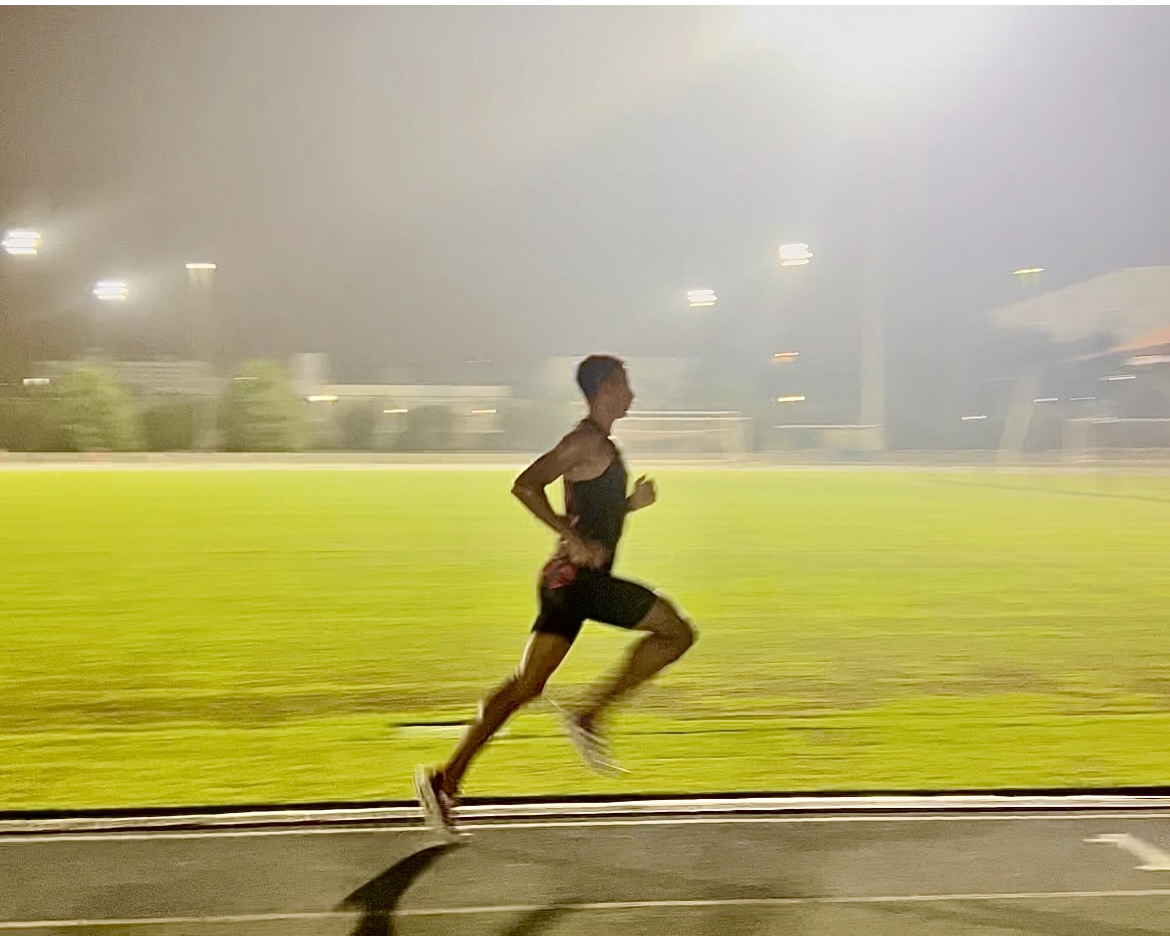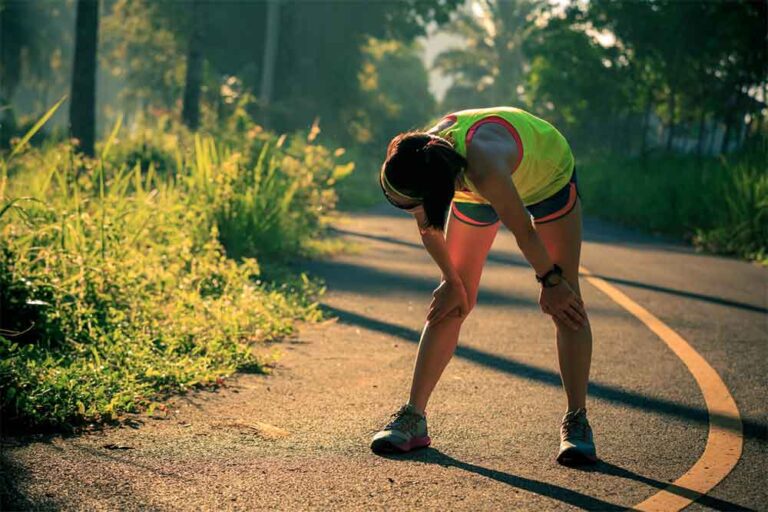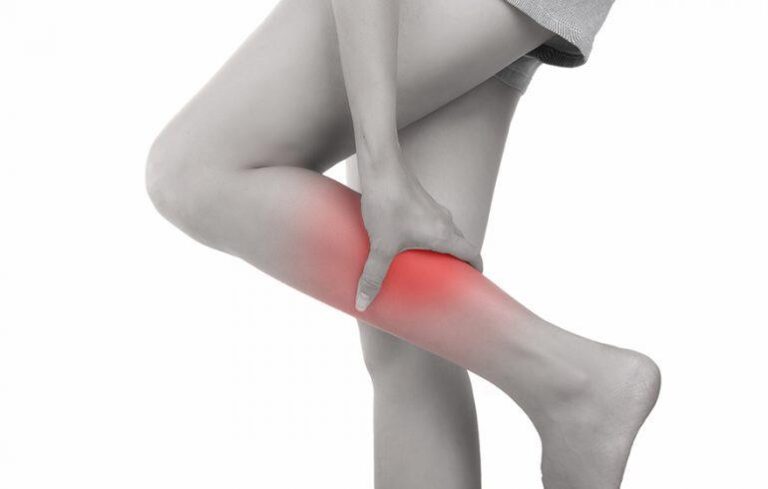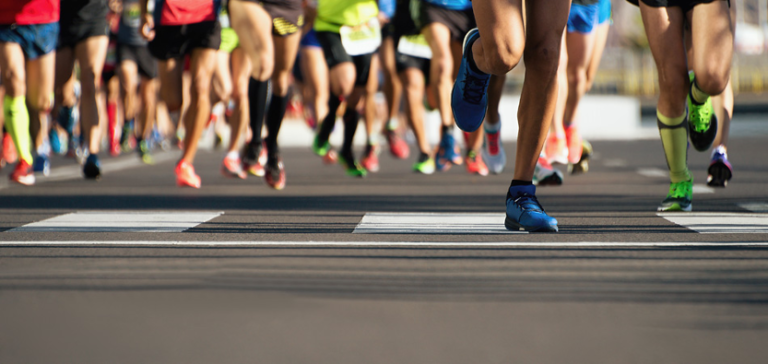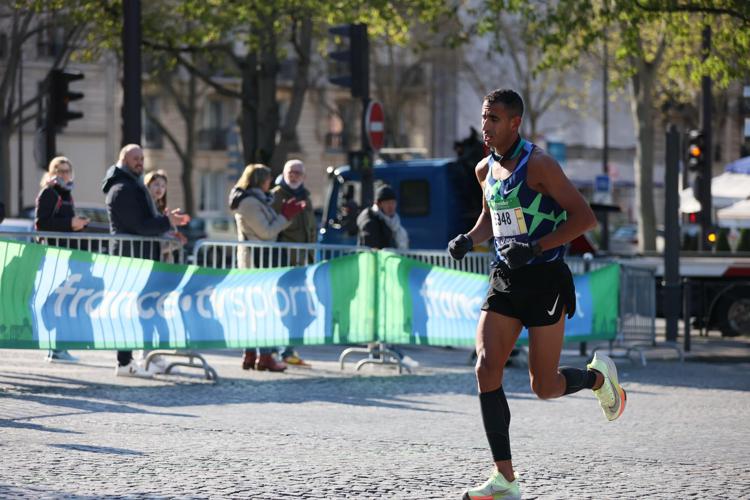DRILLS and Running Efficiency
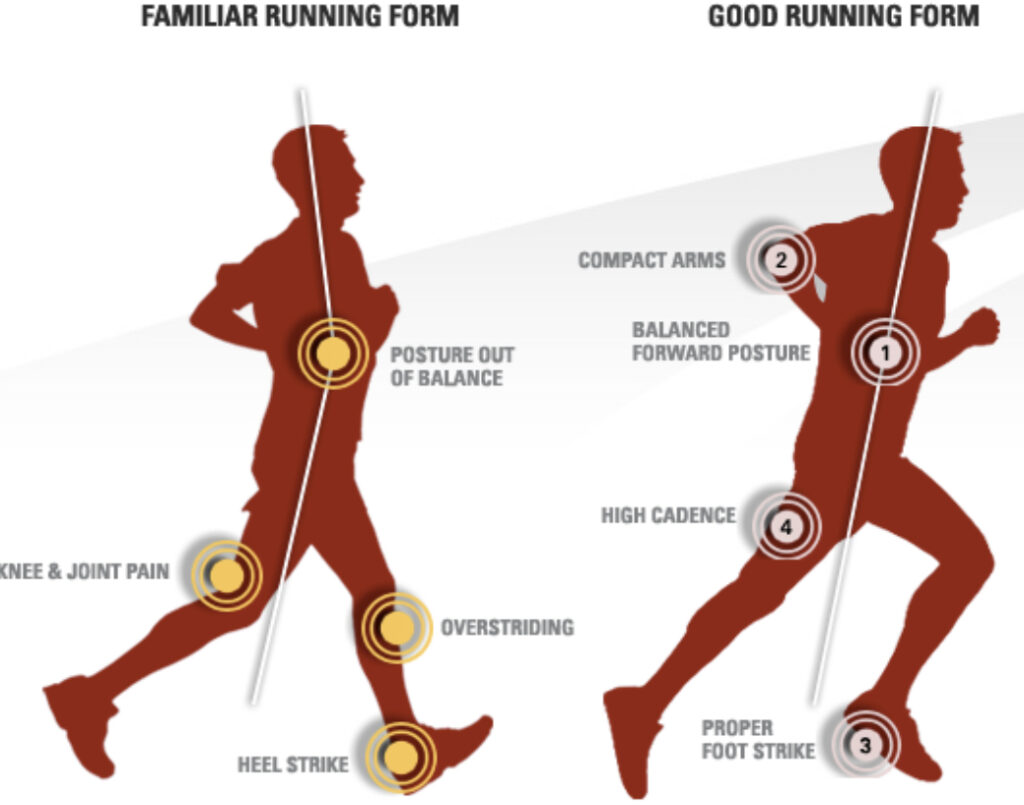
Whether you are a professional runner, recreational runner or beginner we all put a lot of effort into getting faster and the enjoyment of seeing results and improvements is very rewarding for everyone. So, what do we do to improve? Increasing the volume, frequency and intensity are three obvious factors that results in improved performance but it is also associated with increased risk of injuries, overtraining syndrome and sometimes we still feel that we hit a ‘plateau’ and improvements starts to stagnate.
So, what else can we do as a part of our training to get better and increase our running efficiency? Well, there are great benefits of strength work and running drills as this focuses on improving running technique, biomechanical corrections and your stride length. It also has the additional benefit of reducing injuries, improving recovery and improving your overall sense of better running form.
A poor running pattern in running can result in injury, earlier onset of fatigue and may limit power and speed.
There is not one perfect way to run that fits everyone as we all have individual weaknesses, biomechanical constraints and personal limits but everyone can improve their running efficiency and that will allow us to achieve better results but it also makes running more enjoyable.
By adding strength training and drills into your weekly training program will have a great benefit to your training and ultimately your races. This is even more important to implement when you are in a phase of increasing training volume and intensity.
What are Running Drills?
Drills are a set of different exercises that focuses on improving the technique in runners. We often do them after warm-up, before a session or a competition. They have many benefits such as improving coordination, balance, proprioception and agility.
The whole point of running drills is to imitate specific movement characteristics of efficient running form. It may feel like exaggerated movements that are repeated several times, such as straight running posture, relaxed shoulders, correct arm movements, high knee raises, hip extension etc. but it dramatically improves your coordination, conditioning and strength of specific muscle groups, beneficial to running. You may feel silly and a bit embarrassed before you feel that you have mastered the movements but as your confidence grow the exercises become more effective.
Drills can and should be done by every runner. Do them on a flat surface such as, the track, grass and road. They should be avoided or be done with caution if recovering from any type of injury.
Examples of Drills:
1.Skip with High Knees (“A” skips)
- Drive your knee up forcefully, lifting you off the ground.
- Keep toes drawn up towards your shin (dorsiflexed)
- Do a small skip and then switch
2. Run with Hight Knees
- Similar to “A skip” but this is done in a quick transition from one leg to another with high knees, just like running.
3. “B” skips -straight legs
- Straighten the knee and snap the leg back down with activating your glutes and hamstrings, pawing your foot to the ground.
- You are aiming to generate a dynamic contact between your foot and the ground.
4. Butt Kicks (Heel to butt)
- Draw the knee up in a straight line towards the bottom of the butt or top of hamstrings.
- Allow the knee to come forward a bit while swinging the heel towards the butt.
- This is done in a quick transition from one leg to another, just like running.
5. Power Skips
- Like “A” skip but more forceful to get more height.
6. Carioca Drills
- A sideway motion requiring adduction and abduction with coordination.
- Face sideways and cross your trailing leg on front and then behind and continue moving sideways. Then swap sides.
I would choose 4-5 different drills and do them over a 40-50meter straight line, repeating them in 2-3 sets. This can be followed by some strides before starting your session.

